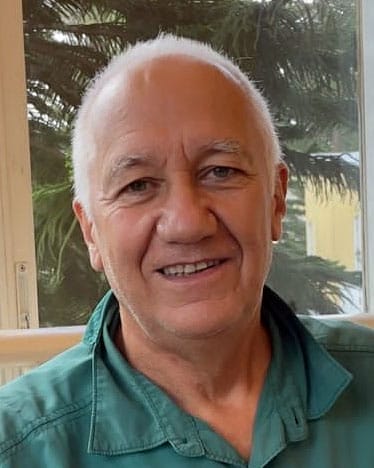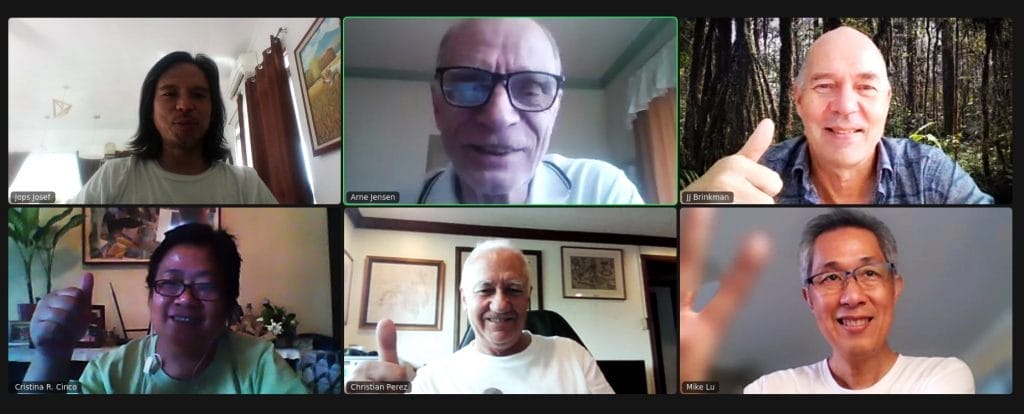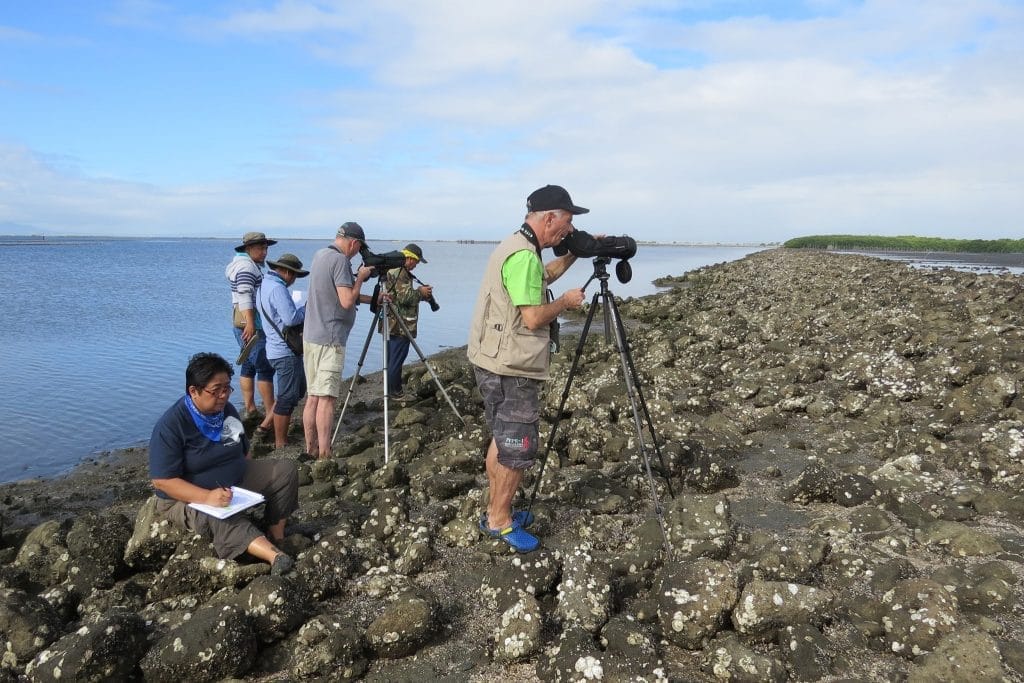By Tinggay Cinco, Chairperson of the WBCP Records Committee
Have you ever wondered what the function of the WBCP Records Committee is? While getting excited over the sighting of your lifer or discovering new avian species, no one will know about this except when this gets reported in your trip report. Here comes our team from the Records Committee to validate each and every bird sighting reported in the country.
What is the Records Committee? As the records keeper of the WBCP, it is composed of the Records and its Sub-Committee, the Rarities Committee. The Records Committee works within the framework of the WBCP guided by its Mission and Vision by maintaining records of sightings of Philippine birds in the wild, specifically those in need of conservation. The Records Com also provides access to this information and publishes these data on wild Philippine birds for varied purposes or interests such as research, conservation or protection of avian species. The club’s Mission-Vision is defined as a group of bird enthusiasts bound by the responsibility of reporting sightings during a birdwatching event.

The Rarities Committee as a Sub Committee is comprised of experts in the field of ornithology from here and abroad whose main task is to validate rare occurrences of bird sightings submitted by individuals. Each rare sighting is accompanied by proper documentation such as photographers, illustrations, sound recordings and field notes. These are in turn crossed checked with the historical records in the data base. For reference, historical data of sightings dates back from 1883 up to the present. Findings by the Rarities Com are then aimed for publication in scientific journals.
Members of the Records and Rarities Committees:










Each and every member of the both committees have a specific task assigned. Reports from various sources such as eBird are collated and data mined from other references such as social media are then compiled together with the validated sightings from the Rarities Committee resulting in the annual Philippine Bird List published in the WBCP webpage, www.birdwatch.ph. Quarterly meetings by the team are scheduled to update work assignments.


I joined the Records Committee in 2009. As a newbie birder then, I was assigned to encode trip reports done by the members submitted to the WBCP e-group, together with surfing the internet for other birdwatching reports by foreign birders who have visited the Philippines. These trip reports became my source of inspiration to explore other birdwatching sites in the country.
The Asian Waterbird Census (AWC) is one of the most important data gathering activities of the club. As the years went by, I joined the annual AWC which brought me to places initially in the Las Pinas-Paranaque Wetland Park, then moving on to Candaba, Pampanga. I even went to Cabusao in Camarines Sur almost 10 years ago to do the AWC. These annual AWCs became my training ground for doing future surveys in Northern Manila Bay which became my present assignment for the past 5 years .

As a birdwatcher for the past 14 years, my being a WBCP member has made grow to appreciate nature to the fullest. My being a member of the Records Committee made me explore my interest in birds and beyond, enhancing my passion further towards the protection of birds and the rest of our country’s wild life resources. Data gathered during birdwatching trips has served as an armor to fight for the cause of nature.
Still curios of what the Records Committee is doing? Joining the team will answer your questions, going forward over and above birdwatching.
